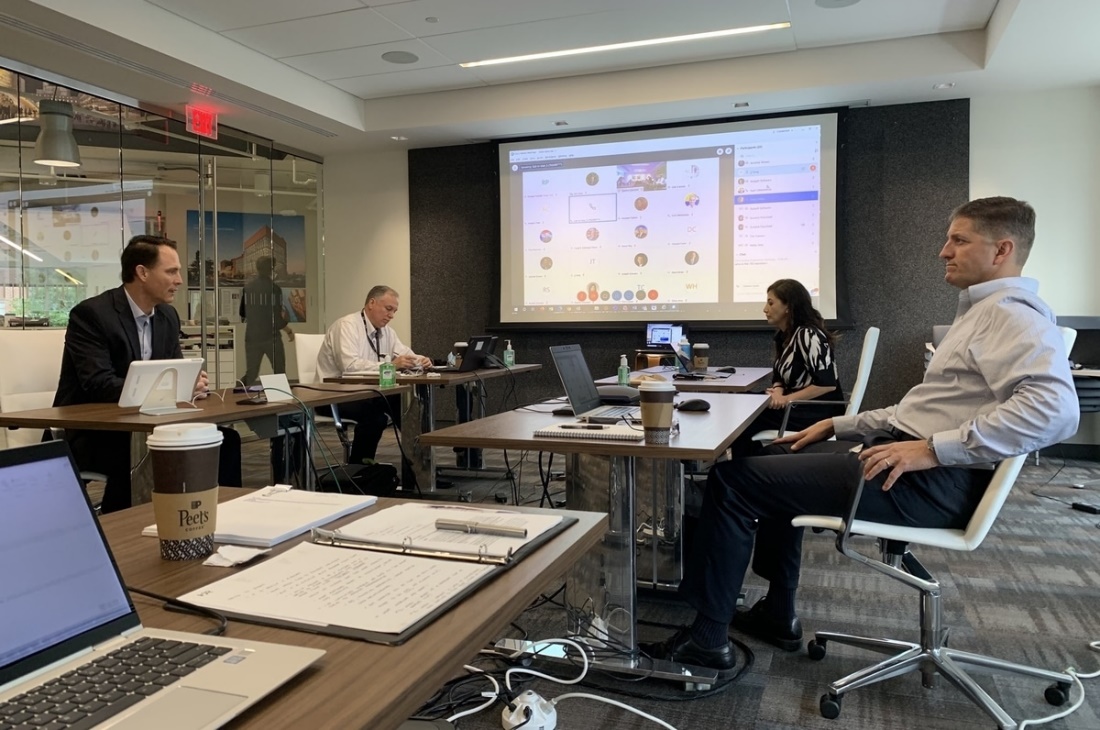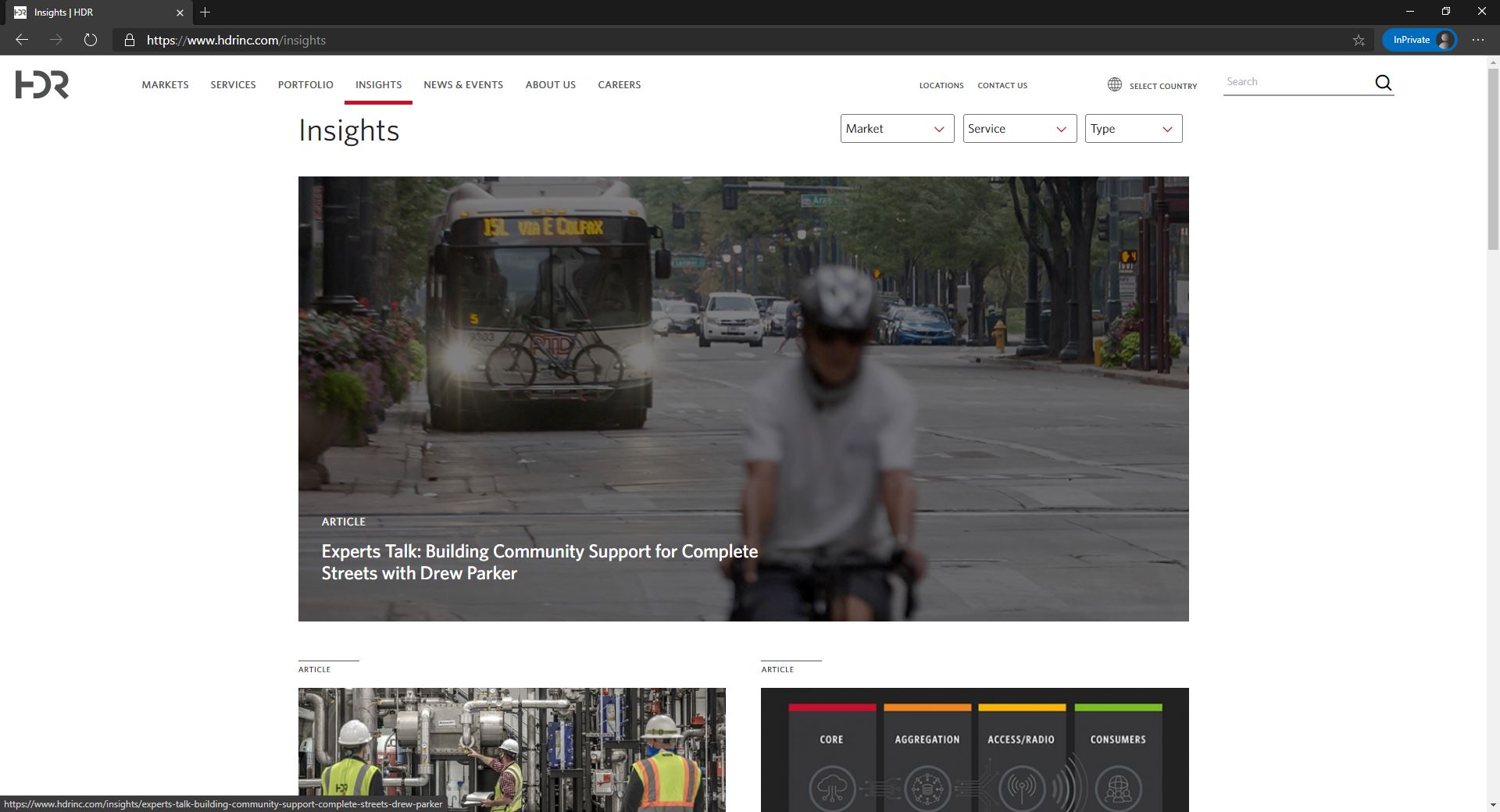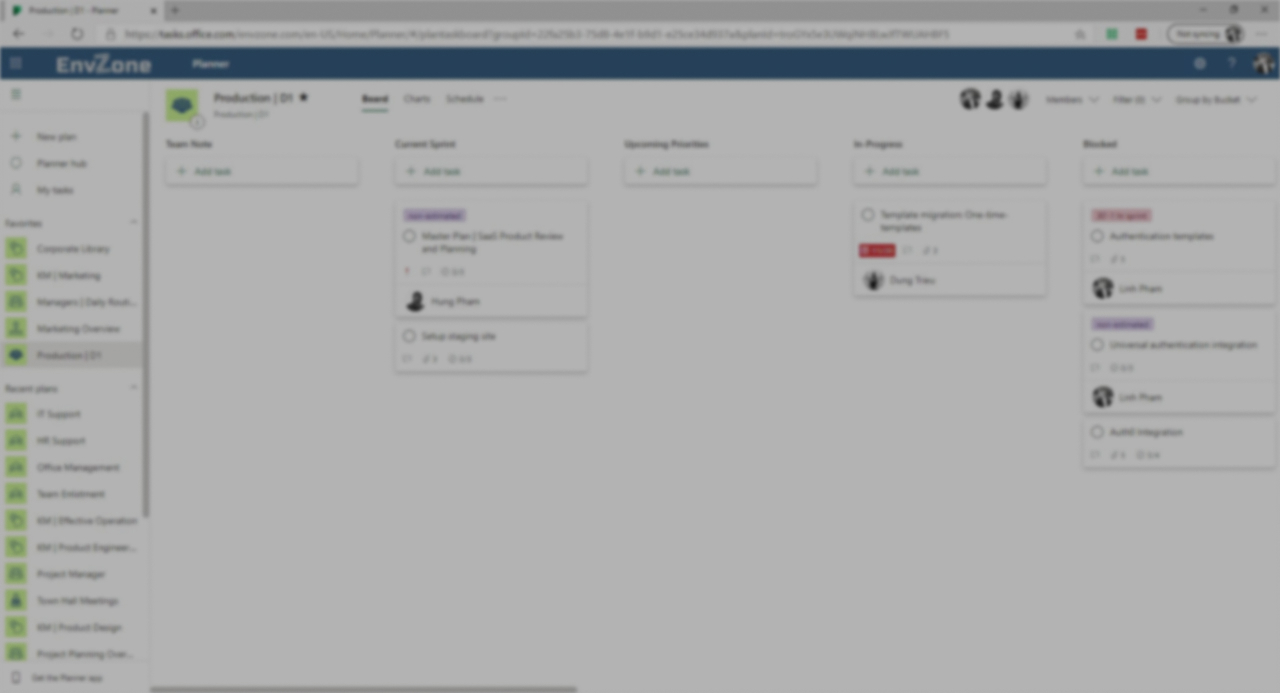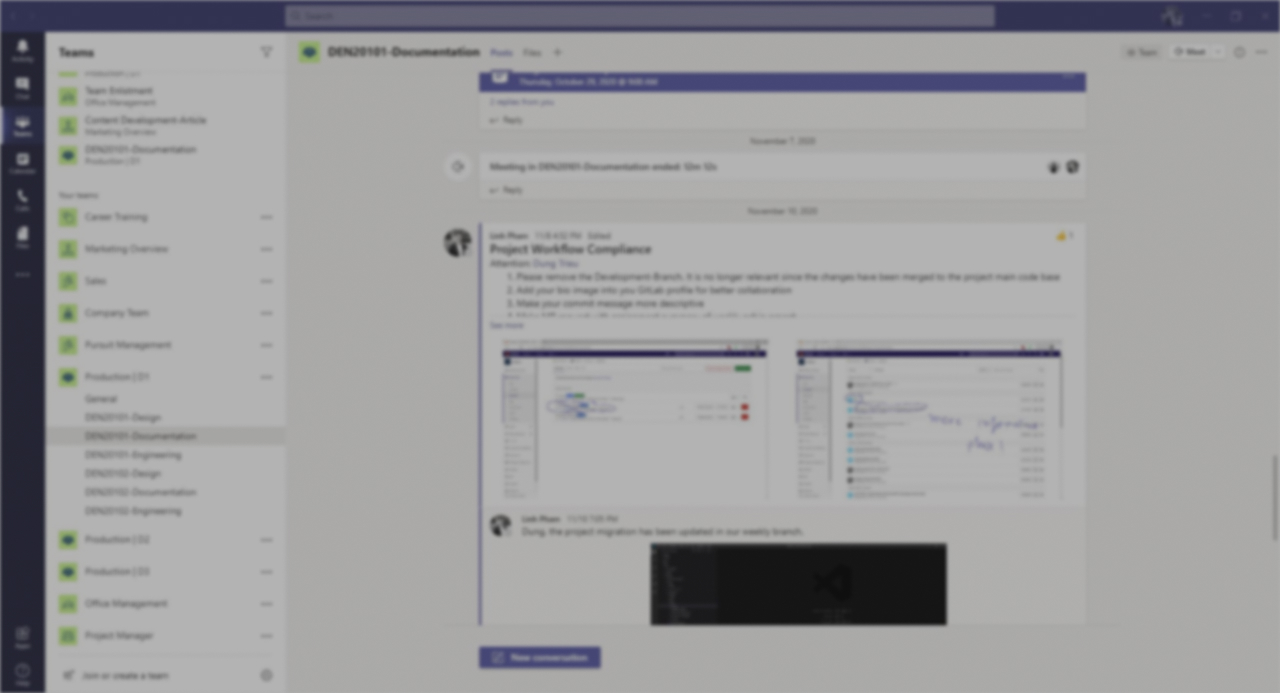Engineering Firm’s Success: Wise Roadmap to Address Operational Challenges

Within such a demanding and distinct engineering landscape, success can be sometimes elusive, especially for small firms. Indeed, when it comes to growth trajectory, small engineering companies are often left wondering how to thrive and take their business to the next level. In the light of an abundance of large-scale competitors along with cash flow dilemmas, delivering smooth and successful firm operations can often seem daunting. Whereas such a progression journey seems to be an uphill struggle, there always exist some practices and tactics which empower you to deliver efficient operation, strategize your intended growth, and set your own optimum pace to meet your corporate long-term objectives.
Distinct Challenges of SMB Engineering Firms from the Insiders’ Eyes.
Beyond any doubt, the route to accomplish success, especially massive ones, for SMB engineering companies is never straightforward, if not to say very tough. Firstly and obviously, too many slow-paying clients can result in the smaller firms “going to hell in a handbasket” during a short period of time. According to Edward Saltzberg, president of Edward Saltzberg & Associates, an engineering firm made up of three full-time employees in Los Angeles, California, it is the responsibility of the firm owner to obtain the jobs and ascertain to get paid for those jobs, as well as to monitor that the projects are properly executed, strictly following the agreed timeline; otherwise, high chances are that clients will go elsewhere.
Another hindrance of running an engineering firm on a shoestring budget, from Saltzberg’s perspective, is that “more of the work falls on your shoulders; you become chained to the job, and you end up working harder and for longer hours for not much more money than your key designers are making.” Sharing the same standpoint, McGreal – president and sole full-time employee of Firedyne Engineering, P.C., Tinley Park, Illinois – commented, “One of the biggest challenges you’ll face is that you must wear numerous hats. The larger companies have different individuals (or even separate departments) that do the engineering, marketing, accounting, etc. To successfully manage a small engineering firm, you must be well-rounded.”
Besides, “you must also get paid,” stated Mark Bromann, president and sole full-time employee of Flex Fire Protection Design in Wheaton, Illinois. Discussing his personal experience when coming up against large yet uncollected invoices, Bromann shared, “I’ve had two different companies go Chapter 11 in my 13 years of business. Both had zero money left to pay me after whatever monies they owed to the state and the federal government.” He went on to add, “Another firm that owed us over $10,000 also owed a sizable amount to the federal government. We took them to court, went to trial, and won, but still could never collect the money, even though they remained in business, mainly because the firm and the owner had no lienable assets. They say that 5% of all you bill will never be collected, and on the average, it has (unfortunately) worked out that way for us.”
Another undeniable stumbling block is fierce competition with large-scale companies to win the same projects. Regarding this, Bromann put forth a saddening explanation, “For some reason, big corporations like to do business with big corporations.” On such ground, it is a wise move not to waste too much time chasing down leads or investing too much effort competing for potential jobs with larger firms. The following sections outline the winning operational tactics and practices to ignite the profitability for your engineering firm.
#1. Determine (the Profitability of) Your Niche!

Rather than trying to be “a jack of all trades”, more often than not, cornering a potential section of the market does wonders for your business. To flourish against a backdrop of competitors with similar services, having a unique selling point (USP) is of primary significance, especially when it comes to serving your specialist niche. In addition to lessening the burden of competition, a USP empowers you to position yourself to be an industry expert within your chosen field, enabling you to tap into previously unchartered markets with confidence as well as assigning a renewed sense of direction to your business goals.
As an engineering company, irrespective of its size, your potential USPs are certainly vast, and there present a plethora of various possibilities when it comes to refining your business’s offerings. Should you still be vague about it, let’s cast a quick glimpse over four noteworthy consideration as follows:
Batch size
For firms providing services such as laser cutting, presswork, moulding and casting, or alike, there is no doubt that larger batch sizes are always likely to be preferable. Indeed, this turns out to be a preferred option for clients as well, particularly when the costs of associated tooling are factored into account. Nevertheless, as regards machining and general fabrication suppliers, the production scale is typically far more flexible.
So, how should you know where to orient your efforts? The answer is “it depends”; actually, it does primarily depend on your in-house setup. Should you own machines that allow for larger production runs extending into the tens of thousands, then this is a big plus to be promoted to your clients. Understandably, batch sizes of such a magnitude are not something that every machine shop can accommodate. Hence, to some extent, this constitutes your USP.
On the opposite end of the spectrum, certain machining outfits will have multi-axis machines whose core strength is to produce complex parts. Then, in ownership of those machining outfits, it’s a “should” that you focus on one-offs and lower batches, offering the manufacture of prototypes and other small-scale production runs that may not be compatible with other suppliers.

Industry
Accreditations from their suppliers are a prerequisite within a certain number of industries. The effort to acquiring and maintain these certifications is typically tough, involving a considerable amount of investment both in terms of time and financial capacities.
Yet, once having such certifications in place, you tend to become a go-to source for the industry to which it applies. Should original equipment manufacturers (OEMs), once struggling to identify suppliers with the essential approvals they require, you’re your business a qualified partner, high chances are that they will become your loyal clients and even advocates for your business. Given the fact that instant results in terms of increased orders are hard to observe, receiving well-recognized certifications will certainly open doors for you engineering firms in your attempts to proactively approach well-aligned clients. In every single industry, especially the engineering sphere, the last thing you should do is to underestimate the power of an established reputation; in fact, once you have a few clients from a specific sector within your portfolio, the resulting “snowball effect” can yield many more.
Materials
Another route to land a profitable niche that set SMB engineering firms apart from their competitors is to racking up experience working with exotic materials. Since mistakes can prove to be extremely costly when dealing with harder metals usually due to the associated tooling, several firms limit the materials they will work in so as to eliminate the possibility of prohibitive error. This is utterly understandable; yet, the work can be extremely lucrative for those with the essential experience as well as the right equipment.
Alternatively, a large number of subcontract engineering businesses have taken the decision to avoid cross-contamination; instead, they work purely with one specific material. Whereas this does drastically limit the projects ones can undertake, this serves as a strategically wise tactic to establish their reputation as a specialist within this material-specific niche, which meaning that their clients know exactly where to go every time they have a requirement that fits the bill.
Component size
Should one corporate client be in need of parts that are either extremely large or small, they usually find it challenging to source suppliers with suitable facilities. For example, or large-scale fabricated assemblies or machined shafts exceeding a meter either in length or diameter are usually solely awarded to companies specializing in such work. Understandably, these are not run-of-the-mill projects that any companies can handle. As a result, should you be in search of ways to diversify into a specific niche, it may be worth considering an investment in machines that can accommodate larger components.
On the flip side of the coin, tiny machinery parts, often ordered in large quantities, are sometimes equally as hard to source. Engineering firms with machines that allow for large-scale production of small components are therefore able to tap into the opposite end of the market.
#2. Ignite Your Solid Online Presence in this Digital Era
One of the primary challenges of small SMB engineering firms, compared to the larger companies, usually comes down to increasing brand awareness, which – although it requires an investment of time – is often much simpler than one may think. Rather than pursuing a disheartening journey of face-to-face competition, let’s streamline your efforts with these proven practices:
Furnish Your Website with a Spring Clean
The ever-increasing power of the online world means that it’s now more critical than ever to build out a well-functional website that portrays a positive image of your firm. No matter how simple this idea may seem to be, a website can present your SMB as a professional engineering service provider – or it can do the exact opposite. This is especially of the utmost importance when it comes to competing with larger suppliers since this does give credence to your budding reputation as a reliable, trustworthy company. Should you have not reviewed your website for a while, it’s worth taking the time to check if it’s still working. Bear in mind that a great website is always one that looks clean and not cluttered, navigating a well-defined user journey together with presenting plenty of call-to-actions to entice site visitors.
Kick-Start Your Online Presence

Whereas a fantastic website is a “must” to expose your engineering business to the digital world, it is only the start of what you can do to promote your business within the online landscape. if your own website acts as a shopfront, other online activities will drive visitors to your site, thereby developing and strengthening your brand power. In particular, setting up social media accounts, typically LinkedIn, Facebook, and Twitter, as well as consistently using them to direct access and interact with your audience can work wonders for your business, especially in terms of expanding your prospective customer base. In the meanwhile, videos emerge as powerful tools to foster your online marketing effort; thus, it may be worth considering creating a YouTube channel to showcase your expertise.
Besides a stunning website and working social accounts, guest blogging on industry-specific publications stands high chances of yielding outstanding results. Yet, never forget that instead of being utilized to actively promote your brand, blog posts should help to position you as a thought leader by offering consultative advice or opinions to readers.
Get Client-Attracting Testimonials
In this socially connected world, it is never advisable to underestimate the role that testimonials perform in supporting your marketing and sales efforts! Typically, larger engineering companies have already established their reputation and are therefore credible, which explains why some clients are less hesitant to trust them as a business partner. For smaller engineering firms, developing the same level of trust amongst potential clients has to be a priority, unless they do not wish to successfully compete for more profitable service contracts. Testimonials from existing and highly satisfied customers are a surefire path to make this happen. As you’ve recently completed a job for a client who was more than delighted with the results, then perhaps gently ask them to send you a few words commenting on their experiences working with you. Indeed, most will be happy to oblige and once you’ve managed to gather a decent number of positive testimonials, you can instantly disparage the uncertainties and doubt of any prospective clients.
#3. Cutting Down Your Operating by Integrating Your Process into Cloud

One major key to operating a successful engineering firm of any size, from Ballanco’s standpoint, is to manage the money, in which he explained that the reason for the majority of small engineering firms’ failure can be attributable to poor management of cash flow. So, be 200% sure that you and your firm are not going to fall into such a troublesome situation.
Should you find your own engineering firm’s growth is hindered by financial restrain, let’s head to new technology platforms to the rescue. It’s wise to employ advanced tools such as collaborating platforms via the cloud to expedite your corporate progression while well addressing the concerns over expensive associated costs.
In fact, there have been several project management software and apps, which make collaboration easy. Leveraging these technological aids, you can enjoy the ease and power of monitoring other fellow engineers working in other parts of a building, other cities, and even other continents through the cloud. All of this delivers big-firm capabilities to one-person operations on a shoestring budget. Out of necessity, there should come many times when SMB engineering firms need to partner with other engineers for the expertise and to handle concurrent projects and deadlines.

Actually, a few clicks on a management dashboard are all required to schedule a task, check where it is in the master project timeline as well as assign new tasks. Tailored to SMB needs, these cloud-based SaaS platforms are generally affordable, even for one-person operations. Moreover, communication costs can be virtually reduced to a bare minimum through the use of email, online video conferencing, instant messaging, tools such as Microsoft Teams, and social networking sites. It is completely fair to state that the days of exorbitantly priced long-distance and international calling plans have gone the way of the Dodo bird.
#4. Deliver Added-Value to Your Existing Services
When directing your engineering firm’s operation, creative thinking is a “should”, yet, you may not have to think too far outside of the box so as to land your best foot forward. A great place to start is to present added value to your existing service offerings or to find services that compliment what you already offer.
The effort to form authentic value for clients should always start from understanding their real needs and pain points, which is what gives you a competitive edge in a business environment with a growing supply surplus. Understanding what your clients are looking for has to start with questioning them about what is important to them. Should you dwell on price, so will they; if you don’t fact-find enough with your client, they will go to someone else who is making hard attempts to understand them.
Basically, adding value in the manufacturing arena is no different to that job in human own domestic lives. For instance, Amazon Prime members receive the benefits of free next-day delivery on thousands of products. Millions of shoppers probably find it cheaper even with the delivery cost; yet, they are willing to pay around $119 a year to have this so-called “perk” in their Prime Membership. Actually, two prices on a bill can appear to numerous people as “more” and Amazon Prime members may even be prepared to pay more on the “Prime” product just because next-day service means it is delivered sooner! This is an added value that Amazon has done very well, and they have capitalized on it! Within the engineering sphere, should your price include two or three additional value-adds that present real-time benefits to clients, you are definitely regarded as an appealing choice.
In reality, there are a large number of companies finding that they can increase orders and grow their business by offering finishing services such as powder coating and anodizing. Businesses working on sheet metal may also discover that the purchase of laser cutting equipment will not only allow them to take on outright profiling work but also improve the efficiencies of the production of assemblies and larger jobs. Besides, value-adds can come in the form of accreditations, which are especially pivotal if you’re considering diversifying into new sectors. Certifications such as TS16949 and EN9100 are specific to certain industries, while ISO 9001 may increase your chances of winning work no matter what!
#5. Leverage Your Connections
Successfully driving your engineering business doesn’t necessarily mean taking on an infinite number of new projects and drive a huge base of clients. In fact, there comes many times when your existing clients sub out plenty of additional work to your direct competitors just because you do not have enough operational capacity to undertake all of their work yourself. As your engineering firm begins to expand, first and foremost, it’s worth promoting your increased capacity to your existing clients, especially ones with whom you have an exceptional working relationship. This practice has the potential to drive an influx of orders, without the slog of a massive new business drive.

Notwithstanding that, it is also a great idea to leverage your social and professional networks, seeing if your trusted friends, family, and business connections can send new clients your way. There goes without saying that referrals perform critical roles in enlarging your client base as they come with the added benefit of a recommendation, taking out a lot of legwork in establishing trust prior to order placement.
Furthermore, keeping in touch or consulting some prominent figures whose firms had also been built from the ground up and already undergone expansion, may allow you to obtain crystal-clear insight into the best business practices.
Yet, after all, no “teacher” is better than your first-hand experience, particularly when it comes to growing your own engineering business!
The Bottom Line
Flourishing within the demanding and competitive scene of engineering is never a straightforward effort, if not to say a daunting attempt. Competition against a backdrop of well-recognized competitors and management of several operational dilemmas may put off many businesses from taking the necessary steps to progression. Let’s embrace these viable practices to address such touch challenges, strategize your intended growth, and drive your business to a flying success.








